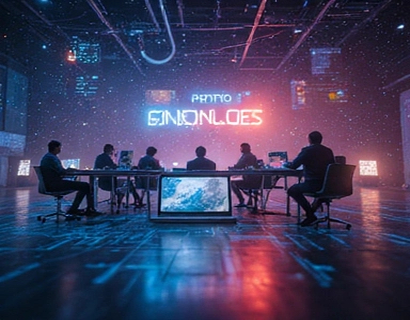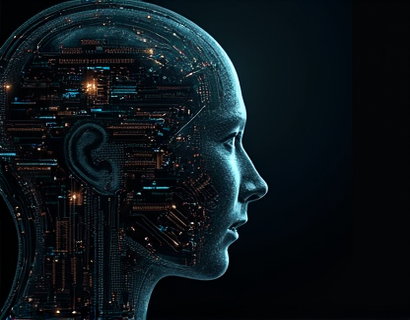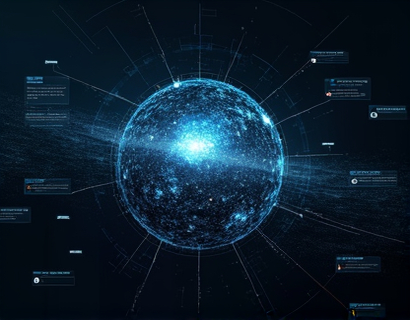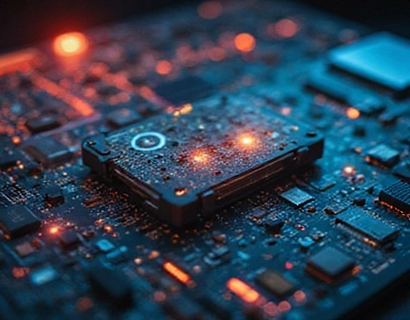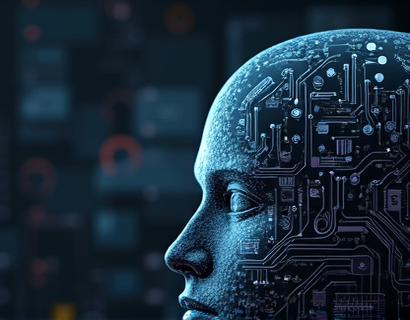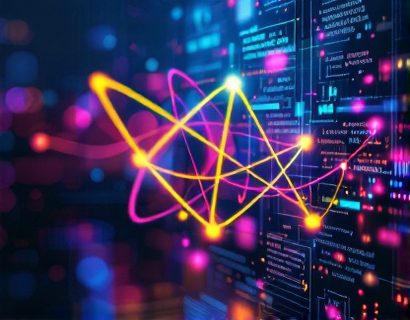Enhancing Tournament Experiences through AI-Driven Chat
The world of tournaments has evolved significantly with the integration of advanced technologies, particularly artificial intelligence (AI). One of the most impactful innovations in this space is the development of AI-driven chat interfaces designed to enhance the experience for enthusiasts, players, and followers. These intelligent chat systems offer real-time insights, personalized interactions, and a deeper connection to the community, transforming the way individuals engage with tournaments.
AI-driven chat interfaces are not just about automating responses or providing basic information. They are sophisticated systems capable of understanding context, learning from interactions, and adapting to user preferences. This level of intelligence allows for a more immersive and engaging experience, making tournaments more accessible and enjoyable for everyone involved.
Real-Time Insights and Updates
One of the key benefits of AI-driven chat interfaces in tournaments is the provision of real-time insights. Whether it's live scores, player statistics, or updates on the tournament schedule, these systems can deliver information instantly. This immediacy ensures that users are always in the loop, reducing the likelihood of missing out on crucial moments or changes in the event.
For instance, during a live match, an AI chat can provide real-time commentary, highlighting key plays, player performances, and strategic decisions. This not only enhances the viewing experience but also helps newcomers understand the nuances of the game. For seasoned participants, these insights can offer valuable analysis and feedback, helping them refine their skills and strategies.
Personalized Interactions
Personalization is another critical aspect of AI-driven chat interfaces. By leveraging machine learning algorithms, these systems can learn from user interactions and tailor responses to individual preferences. This means that each user receives a customized experience, whether they are a casual follower or an avid participant.
For example, a user who frequently engages with a particular player's updates will start receiving more content related to that player, such as behind-the-scenes insights, personal messages, or exclusive tips. This level of personalization fosters a stronger connection between the user and the tournament community, making the experience more meaningful and engaging.
Community Engagement and Connection
The AI-driven chat interface serves as a powerful tool for community engagement. It facilitates seamless communication among users, allowing them to connect, share experiences, and build relationships. This is particularly valuable in the context of tournaments, where the sense of community can significantly enhance the overall experience.
Users can join discussions, ask questions, and share their thoughts in real-time. The chat system can also suggest connections based on shared interests or previous interactions, helping users find like-minded individuals to chat with. This not only enriches the individual experience but also contributes to a more vibrant and supportive community.
Staying Updated and Informed
Staying updated on tournament news and events is crucial for both participants and fans. AI-driven chat interfaces excel in this area by providing timely and relevant information. Users can receive notifications about upcoming matches, rule changes, and important announcements without the need to constantly check multiple sources.
Moreover, these systems can aggregate content from various sources, such as official websites, social media, and news outlets, offering a comprehensive view of the tournament. This centralized information hub ensures that users have access to all the necessary details, keeping them well-informed and prepared.
Enhancing Player Experience
For players, AI-driven chat interfaces offer a range of benefits that can improve their performance and enjoyment. Coaches and players can use the chat to receive real-time feedback on their performance, access training resources, and connect with other players for tips and strategies.
AI can analyze game data and provide personalized recommendations to help players improve specific aspects of their game. For example, if a player is struggling with a particular type of shot, the chat can suggest drills and exercises to address the issue. This level of support can be invaluable, especially for amateur players looking to enhance their skills.
Fan Engagement and Interaction
Fans play a crucial role in the success of tournaments, and AI-driven chat interfaces can significantly enhance their engagement. These systems can facilitate interactive experiences such as live Q&A sessions with players, polls, and contests. Fans can participate in real-time, feeling more connected to the event and its participants.
For instance, a chat system might host a live Q&A with a champion player, allowing fans to submit questions and receive direct responses. This not only adds an exciting layer to the tournament but also creates memorable moments for fans. Additionally, interactive polls and contests can increase user participation and engagement, making the event more dynamic and enjoyable.
Accessibility and Inclusivity
AI-driven chat interfaces can also contribute to making tournaments more accessible and inclusive. For users with disabilities or those in regions with limited access to traditional media, these systems provide an alternative way to stay informed and engaged.
Features such as text-to-speech, language translation, and simplified interfaces can make the tournament experience more accessible to a broader audience. This inclusivity ensures that everyone, regardless of their background or capabilities, can enjoy and participate in the tournament.
Data-Driven Insights for Organizers
While AI-driven chat interfaces primarily benefit users, they also provide valuable insights for tournament organizers. By analyzing user interactions and feedback, organizers can gain a deeper understanding of audience preferences and behaviors. This data can inform decisions on event planning, marketing strategies, and content creation.
For example, if the chat data shows a high interest in a particular type of content or player, organizers can tailor future events to meet this demand. This data-driven approach can lead to more successful and engaging tournaments, benefiting both organizers and participants.
Challenges and Considerations
Despite the numerous advantages, implementing AI-driven chat interfaces in tournaments comes with its own set of challenges. Ensuring the accuracy and reliability of the information provided is crucial. Misinformation or delayed responses can frustrate users and undermine the credibility of the system.
Privacy and data security are also significant concerns. Users must trust that their personal information is handled securely and used ethically. Transparent policies and robust security measures are essential to build and maintain user trust.
Future Developments
The field of AI-driven chat interfaces is rapidly evolving, with ongoing advancements promising even more sophisticated and intuitive interactions. Natural language processing (NLP) improvements, for instance, will enable chat systems to understand and respond to complex queries more effectively. Emotional intelligence in AI can also enhance user interactions, making them feel more natural and empathetic.
Integration with other technologies, such as augmented reality (AR) and virtual reality (VR), can create immersive experiences that blur the line between the physical and digital worlds. These developments will continue to push the boundaries of what is possible, further enriching the tournament experience for all involved.
In conclusion, AI-driven chat interfaces represent a significant step forward in enhancing tournament experiences. By providing real-time insights, personalized interactions, and robust community engagement, these systems transform the way users connect with tournaments. As technology continues to advance, the potential for even more innovative and engaging experiences is vast, promising a future where tournaments are more connected, informative, and enjoyable than ever before.




